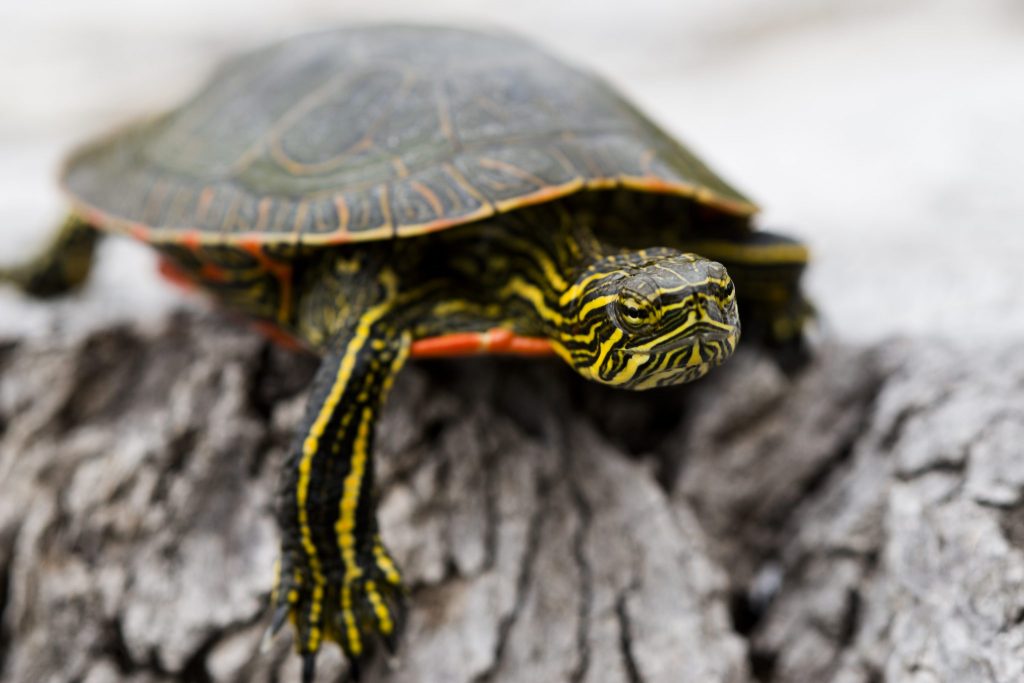
Some of the most common wildlife have the most magnificent capabilities.
Painted turtles basking on a log is a familiar scene at ponds throughout Nebraska and much of the United States during summer months. Where, though, do those turtles go when temperatures drop and a heavy sheet of ice surrounds that log and covers that pond from shore to shore?
This article provides some interesting information about how painted turtles, snapping turtles and other species of shelled reptiles survive the winter. Remarkably, they adjust their metabolism and use cloacal respiration to glean just enough oxygen from the water to survive without coming up to breathe the cold air into lungs as we do. Or, to put it as the eye-catching headline to the article does, they breathe through their butts.
The article also briefly mentions our state reptile, the box turtle, and its special tolerance to freezing temperatures. It too ekes out the cold in hibernation and re-emerges when warmer temperatures arrive.
Seems we all slow down a little when winter rolls around. True to the stereotype, however, those enduring turtles do it a little better than most of us.
The post The turtle — a master of wintering appeared first on NEBRASKALand Magazine.
















